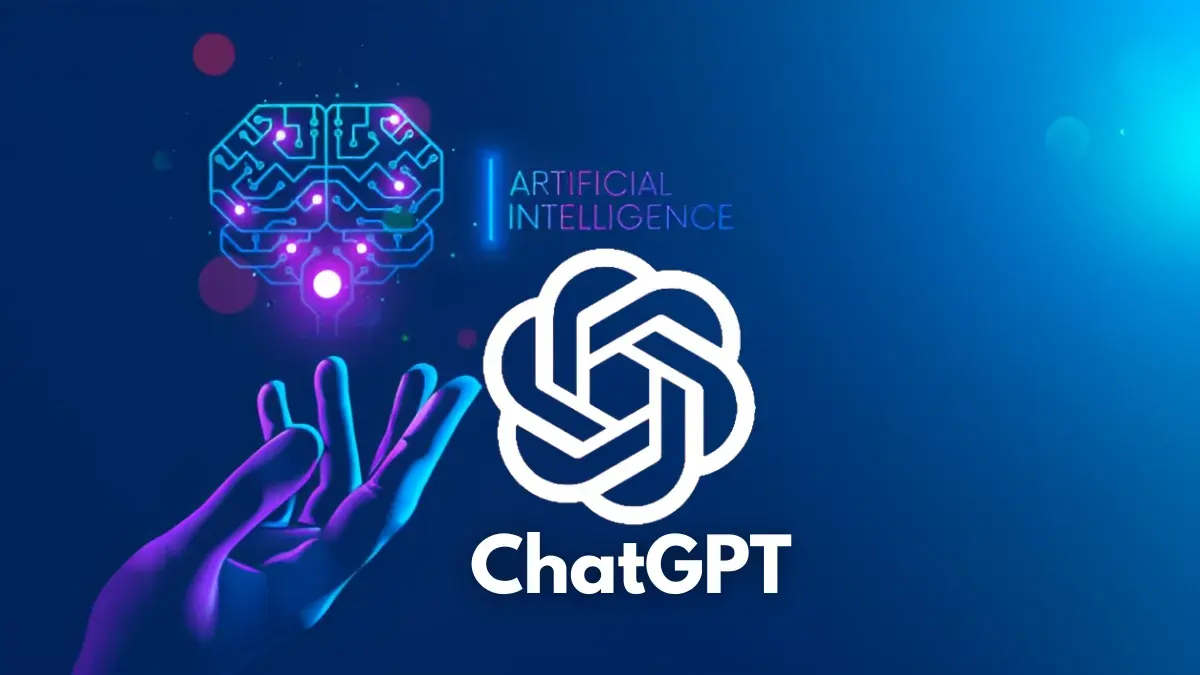The AI Architects: Who is Creating Games with ChatGPT?
The integration of AI, specifically models like ChatGPT, has become a hot topic in the gaming industry. For a long time, AI was a tool for creating smarter enemies or managing game mechanics. However, its role has now expanded to a creative one. Developers are using large language models (LLMs) to craft dynamic narratives, create realistic dialogue, and build unique game worlds. This shift begs the question: Who are the pioneers behind these new, AI-driven games?
These developers are a mix of small indie studios and big-name companies. They are all experimenting with this technology to push the boundaries of what games can be.
The Indie Innovators: Small Teams, Big Ideas

The most exciting developments often come from the independent gaming scene. Small indie studios and individual developers are leading the charge. They are not held back by corporate red tape. This allows them to experiment with new ideas and take risks. They use AI to create games that would have been impossible for a small team to build just a few years ago.
Our resident tech analyst, Mark Anderson, notes this trend. “Indie developers have always been the first to adopt new technologies,” he says. “They use tools like ChatGPT to level the playing field. A small team can now create a game with a massive amount of dialogue and content. Before AI, this was a task only large studios could handle.”
The Power of Procedural Storytelling
These developers often focus on procedural storytelling. They use AI to generate endless dialogue options and quest variations. This gives their games a high level of replayability. It also makes every player’s experience feel unique and personal.
The Triple-A Trailblazers: Big Budgets, Bold Bets
While indie studios are driving innovation, large Triple-A studios are also getting in on the action. These companies have the resources to fully integrate AI into their massive projects. They are using AI for things like creating more believable NPCs and dynamic world events. Their goal is to create truly immersive worlds that feel alive.
For example, a major studio might use ChatGPT to power a character’s dialogue. This allows the character to respond to the player in a more natural way. This makes the interactions more meaningful and less scripted. It’s a way to add depth to a game’s world on a scale that was previously impossible.
“Big studios are not just using AI as a gimmick,” Anderson explains. “They are investing heavily in it. Their goal is to make their games more realistic and reactive. They are betting that AI will be the key to the next generation of gaming.” These companies are setting the standard for what players will expect from a high-budget game in the future.
